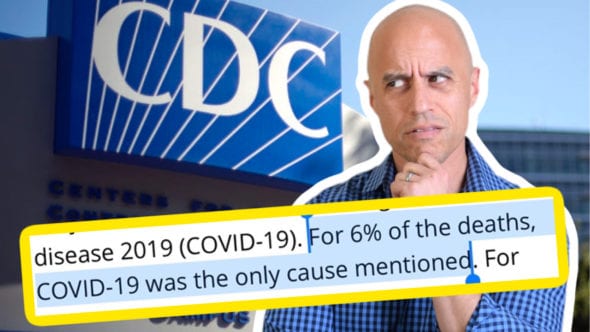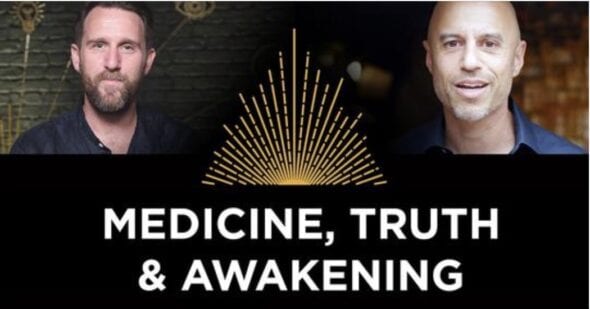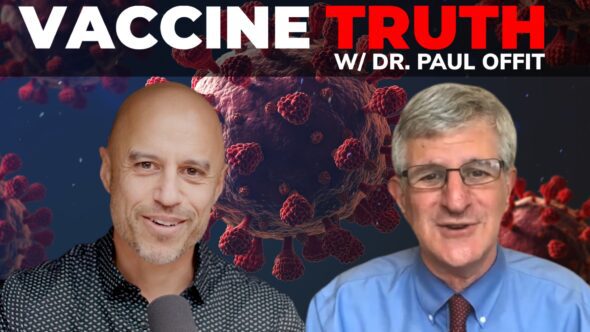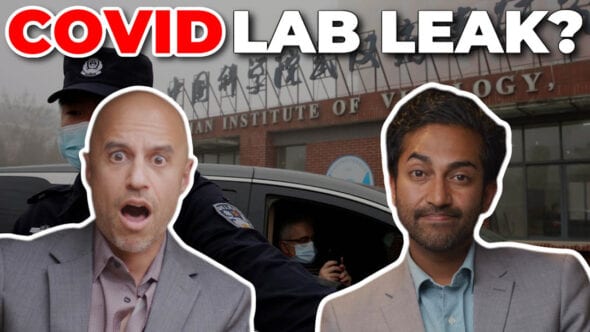Here’s what we know so far about the infectious fatality rate for SARS-COV2.
And here’s some interesting new data from a Spanish seroprevalence study.
Here’s our earlier piece on infectious fatality rate based on the controversial Stanford seroprevalence study.
Transcript Below!
Hey everyone, Dr. Z. Why don’t we know yet how fatal COVID is? Is anyone else wondering what the heck? It’s been how many months now and we still don’t really know how many people this disease kills. And this is why.
Early on, people really estimated how fatal it was based on Chinese data, and that was based on people who were actually tested and confirmed to have the disease, the so-called case fatality rate. People who came in with symptoms were tested, tested positive. How many people died? They were looking at like 3%, 5%, really high numbers. People were freakin’ out losing their minds.
But over time, what people wanted to figure out was something called the infection fatality rate. In other words, of all the people that have been infected, including people who don’t have symptoms, who aren’t really inclined to get tested, how many people will die? Because that number is important. If it’s underestimated and we go too low, we might under react and end up overwhelming our healthcare system and costing a bunch of lives. If we overestimate it, we do equally harmful things like complete lock downs, economic devastation, and all the downside with that.
So this number is actually important. How do you figure it out? Well, figure out how many people are infected, and then figure out how many people have died. Why is that hard? Well, number one, this disease is often without symptoms, which means people don’t get tested. Number two, the tests are not always accurate. And that includes the antibody tests that are supposed to tell us if someone’s been exposed in the past to the coronavirus. They’re not very sensitive or specific. And so as a result, we can underestimate or overestimate how many people out in the world have already been infected with this virus.
Now, how about death rate? Well, it can take up to two months from the time you get sick to the time you die, maybe longer if you have complications. So there’s a delay in getting an accurate death count. The other thing is if you’re not testing and you die of it, you don’t count that death. And the other thing is if you’re misdiagnosing someone who doesn’t have COVID, or has COVID but dies of something else unrelated, then you overestimate death rate. So, there’s a lot of pitfalls to getting the number right, but it’s so important to get it right so that we understand.
The last thing you need to know about this is, there’s not one number that makes sense. Why would it matter to you what the average death, infection fatality rate is for COVID if you’re 90 years old? You care about what the death rate is in your group, whether it’s ethnically, or with whatever co-diseases you have, or what your age is. So for young people, rate’s really low. For kids, really really low. For 90-plus, it might be quite high.
So this is what we need. We need good studies of how prevalent the infection is, how many people are dying, and we need to look at it in every age group, every ethnicity, and every kind of disease state you can have. When we get that data, we can understand what it is. Now right now, the authorities seem to converge around some rate of around .5%, to somewhere up to about 1%. And some people go a little bit lower, depends on what data you believe. But right now the data’s still not great. So we’re waiting on further studies.
But if it’s .5%, that’s still about five times more deadly than your average sort of flu season, which is 0.1%, which by the way, do we think our flu infection fatality rate numbers are accurate? They’re estimated because we don’t test everyone for flu. So even that may be incorrect.
So the bottom line is, in the meantime, there’s simple things to do. Wear a mask, social distance, wash your hands, get tested if you have any symptoms, and self quarantine. And that way, at the worst, we’re doing the best we can for the most people without destroying our economy and ruining our way of life. All right guys, I hope this makes some sense. Hit Share and we out, peace.
Category
- The ZDoggMD Show (818)
- Featured Videos (189)
- Doc Vader (142)
- Against Medical Advice (128)
- Medical Humor (95)
- Public Service Announcements (87)
- Music Parodies (74)
- Nurses (59)
- Meditation (46)
- The VPZD Show (38)
- ZVlogg (36)
- ZTalks (28)
- ZBlogg (24)








